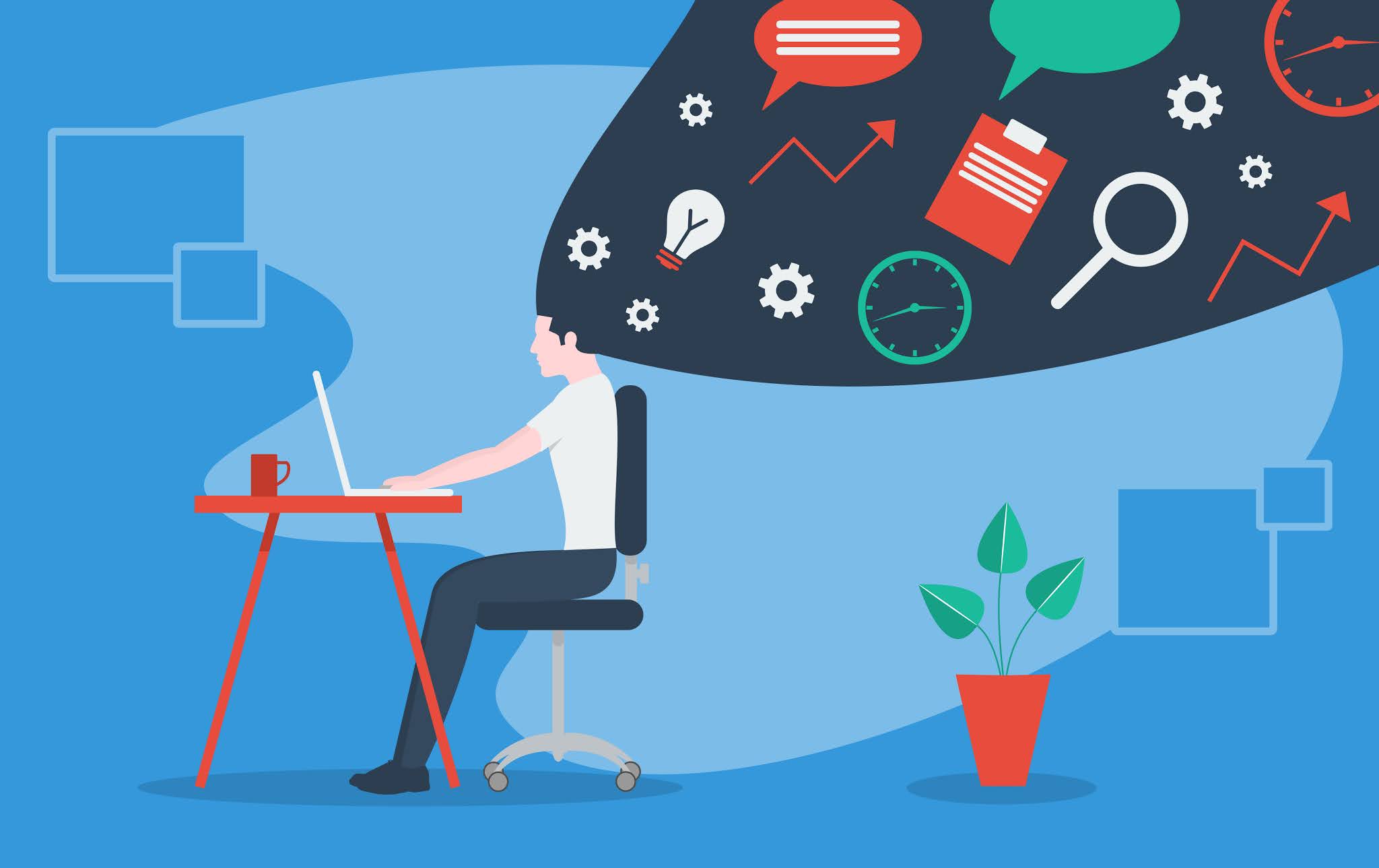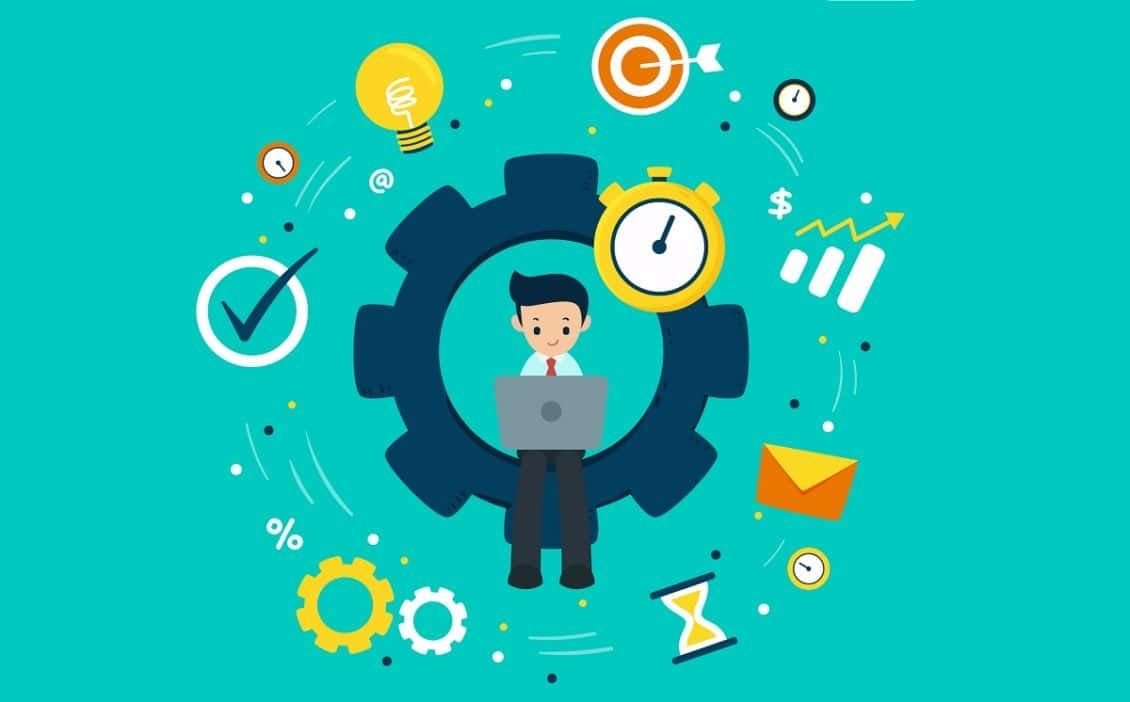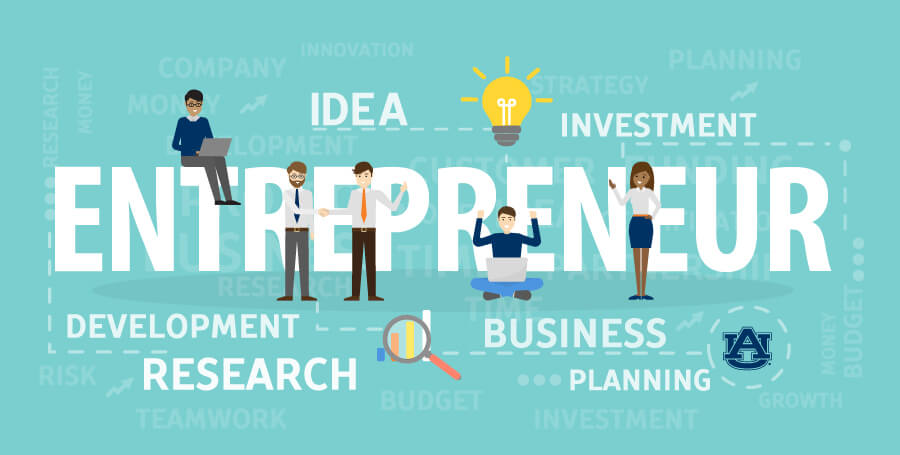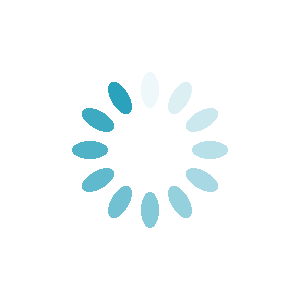

Consultancy: Comprehensive National Gender Analysis for Jordan
21/4/2025 www.akhtaboot.comAmman, Jordan
others
Job requirements
-
5 - 16
-
Upper Management (Manager, Director, Head)
Description
Terms of Reference for
Gender Justice Programme – Masarouna Project
Consultancy: Comprehensive national Gender Analysis for Jordan
Ref:RFQ-JOAMM-25-0054
Background
Oxfam has been in Jordan since the 1990s. We work with local partners in Jordan for a future where everyone can reach their full potential, especially women and young people. We provide essential humanitarian assistance to Syrian refugees as well as vulnerable Jordanians, while promoting longer term sustainable solutions to challenges facing Jordan, with a focus on Climate Justice, Economic Justice, and Gender Justice.
Gender equality is one of the key pillars of our work. Oxfam has always put women and other marginalised communities at the heart of its mission to end poverty and inequality. Oxfam recognises that there is no economic, social or environmental justice without gender justice. We reinforce our identity as a feminist, rights and values-based organisation that applies an intersectional lens across all development, humanitarian and advocacy efforts. At Oxfam we believe that transforming gender and power relations, and the structures, norms and values that underpin them, is critical to ending poverty and challenging inequality. We believe that women taking control and taking collective action are the most important drivers of sustained improvements in women's rights and are a powerful force to end poverty not only for women and girls, but for others too.
At the heart of our work to dismantle the structures of oppression is intersectional feminism which recognizes that race, ethnicity, caste, class, age, marital status, sexuality, gender identity, (dis)ability and many other factors affect people’s experiences and ability to exercise their rights. By taking this holistic approach, we hope to create lasting radical transformations to the structures that constrain them.
As an intersectional feminist ally, Oxfam believes in ending sexism and that women should be free of political, social, and economic oppression and exploitation. In support of this aim, our work will be guided by 11 feminist principles: share power, challenge behavior, support the feminist movement, nothing about us without us, Feminism is for everyone, there is no justice without gender justice, champion diversity, value safety, supportive environment, freedom of expression and Eliminate gender-based violence.
We center the experiences and voices of women, women’s rights and feminist organizations, who play an essential role in promoting gender equality and realizing women’s rights to dismantle the inequalities that shape the experiences of all women and men around the world. All of our work on gender justice and women’s rights puts intersectional feminism at the center, ensuring that it is strengthened at every stage
Context and Objective of Assignment
What is Gender analysis and why it's needed?
Gender analysis is a systematic methodology for examining the differences in roles and norms for women and men, girls and boys; the different levels of power they hold; their differing needs, constraints, and opportunities; and the impact of these differences in their lives.
Conducting a gender analysis and a gender assessment is the first step in understanding how poverty affects men, women, boys, and girls differently. It highlights the distinct needs and concerns of women and men living in poverty. This information helps us set gender equality goals and design our work to be sensitive to these differences. Gender analysis is crucial for developing programs that consider the perspectives of both women and men, avoid excluding or harming women, and address existing gender imbalances.
Oxfam has had substantial programming success on advancing gender equality in Jordan, but much work remains. Oxfam in Jordan can use its influence to holistically identify and address key issues impacting governance and inclusive economic development, such as structural gender norms, gender-based violence (GBV), legal discrimination, limited economic participation of women, and challenges in cross-sector gender integration. Based on the findings, Oxfam should promote interventions to support gender equality and female empowerment in Jordan.
The findings of the analysis include the need for policies that reduce gender segregation and division and remove obstacles that prevent women from working in high-productivity sectors. The education system also needs to be reformed in order to equip young women with the skills required in the private sector. In addition, the perception of women’s employment as an “additional cost” must be changed. Compared to men, legal reforms are needed towards greater justice, equality and power for women, women need to exercise greater control over economic resources, and finally, services that help people access justice must be more aligned with women's needs.
What information should a good gender analysis provide?
The purpose of conducting a gender analysis is to identify the specific aspects of gender relations and inequalities that are present in your programme context, and to examine their implications for programme design and implementation.
The “Gender Analysis” aims to monitor developments in the Jordanian economy and quality of life in the country, focusing on the lack of growth in women’s economic, political and social participation. The objectives of the analysis are as follows:
- Assess gender-based imbalances in access to justice and economic participation in the labor market.
- Provide a framework for policies and interventions undertaken by the Jordanian government to address these imbalances.
- Provide a basic basis for implementing the activities outlined in the Gender Action Plan.
- Develop and strengthen partnerships with Jordanian government institutions and academic institutions.
- Promote cooperation in addressing gender issues that affect development.
- Develop mechanisms for cooperation in implementing the Gender Action Plan.
The proposed gender analysis should explore the following areas: (with respect to the program pillars of OiJ)
- Gender Roles and Responsibilities: Understanding the division of labor and decision-making processes between men and women, including unpaid care work and economic activities.
- Access to Resources: Identifying disparities in access to resources such as education, healthcare, financial services, and employment opportunities.
- Legal and Policy Frameworks: Analysing existing laws and policies that impact gender equality, including any legal discrimination or gaps in legislation.
- Cultural and Social Norms: Examining societal norms and attitudes that influence gender roles and relations, and how these norms affect the participation of women in various sectors.
- Economic Participation: Evaluating the barriers to and opportunities for women's economic participation, including employment rates, wage gaps, and entrepreneurship.
- Cross-Sector Integration: Identifying challenges and opportunities for integrating gender considerations across different sectors, such as education, health, and governance.
What does gender analysis involve?
There are some basic things that you can do to highlight gender concerns in any analysis you do:
- Disaggregate and analyse the data you collect by sex;
- Actively involve women, men, girls and boys in data collection, to ensure that different opinions are heard;
- Identify existing sources of information and analysis (e.g. women’s groups, past evaluations);
- Include gender analysis in terms of reference, and ensure researchers have the necessary skills.
Some basic questions to ask: Who has power? Who owns/controls resources? Who takes the decisions? Who sets the agenda? Who gains, and who loses? Which men, and which women?
Gender Analysis Framework
A gender analysis framework (GAF) provides a structure for organizing information about gender roles and relations, It provides a way to systematize information about gender differences across different domains of social life, and to examine how these differences affect the lives and health of men, women, boys, and girls.
Five Gender Domains Framework
1. Access to Resources
This domain looks at who has access to essential resources like land, education, healthcare, credit, and technology.
Imagine a rural community where men own all the farmland. Women may still work the fields but are excluded from decisions about crop sales or investments in new equipment. Without access to resources like agricultural training or financial credit, their potential to improve their livelihoods remains untapped
2. Control over Resources
Access doesn’t always mean control. This domain examines who has the power to make decisions about resource use and distribution.
A woman may be given access to a plot of land, but if her husband decides how, it’s farmed or sells the harvest without consulting her, she lacks control. This limits her ability to prioritize her family’s needs.
3. Roles and Responsibilities
This domain focuses on the division of labor and the societal expectations of who does what—both in productive (paid) work and reproductive (unpaid) work.
In many societies, women are responsible for most unpaid care work (e.g., cooking, cleaning, and childcare), limiting their ability to engage in education or paid employment. Recognizing and redistributing these responsibilities can unlock economic opportunities for women.
4. Decision-Making and Participation
This domain analyses who has a voice and influence in decision-making, whether in the home, community, or workplace.
From local councils to corporate boardrooms, decision-making spaces are often dominated by men. Without women’s voices, important perspectives are lost, leading to policies and programs that don’t address their needs.
5. Cultural Norms and Beliefs
This domain goes into the societal norms, values, and traditions that shape gender roles and expectations.
Cultural beliefs can be powerful barriers—or catalysts—for gender equality. For example, in some cultures, it’s seen as inappropriate for women to own property or work outside the home. Changing these norms takes time and requires sensitivity.
Scope of the assignment
The methodological approach used by the consultancy firm should be guided by Oxfam’s principles and values
Analysis of Context and Power at national Level
The analysis of context and power facilitates the understanding of the geographic, socioeconomic, political and cultural reality in which will helps us to understand the structural, dynamic elements and causes that have led to the present situation. It must also allow us to identify the vulnerabilities (elements that can prevent a change from taking place) and potentialities (elements that can help the change take place) with regard to the changes we wish to contribute to.
Thus, the analysis of context and power must provide us with information on the factors and actors who positively or negatively influence the changes in people's lives, affecting the rights, obligations, opportunities, activities and position of the women and men in a certain society.
This will include two main things:
- Context Analysis:
- Phenomena and facts:
The context is dynamic; therefore, we must analyse how it has worked over time, identifying the previous political, social, economic or environmental dynamics that have caused the present situation of exclusion of the primary change agents. Thus, the main political, social, economic or environmental events which have taken place will be analysed, and the key actors who have influenced them will be identified. In the majority of cases, these phenomena are articulated through the diversity of historical relations, dependency, or cause-effect. It will therefore be important to establish the type of relationships that underlie the situations and phenomena identified in the local sphere
- Factors:
We must analyze the trends: demographic, economic, technological, legal-political, social-cultural, religious, environmental and educational, etc. identifying new possible opportunities or new challenges for the planned change (changes in government, legislative or public institution reforms, economic growth or technological changes in favor of the excluded population), as well as emerging agendas or actors, who may determine the predicted changes. We must also analyze the shocks the primary change agents are suffer from (droughts, floods, plagues, diseases or conflicts, dollarization, crisis or price increases)
- Actors:
We must carry out a mapping of all the actors who have an influence on the context, in order to then carry out a power analysis. In this step, it will simply be a case of having a snapshot of the actors and later on propose the analysis of power. Bearing in mind the rights-based approach, the context analysis will allow us to know the conditions in which the population find themselves for exerting their rights, and the conditions in which the duty-bearers must fulfil them
- Power Analysis
In the power analysis we must analyze how the factors and actors identified in the previous phase relate to and influence one another.
Therefore, we will analyze the formal institutions (laws, policies, budgetary allocations, etc.) and the informal ones (customs, identities,), which influence or can positively or negatively influence the expected change. We must also analyze the actors (groups, organizations and people) who operate at different levels and influence or can positively or negatively influence the change predicted in the lives of the people.
Influence Factors
The analysis of influence factors will facilitate the understanding of the social-economic, political, cultural and scientific-technical context in which a certain action is developed.
The influence factors are those that affect the set of rights, obligations, opportunities, activities and position of women and men in a certain society and can, therefore, influence the development actions.
The influence factors are multilevel; they can act at macro level (international, country or sector context) or at micro level (in a certain area, community or group).
This will include:
- Identifying the influence factors (Legal**-**political factors, Social-economic factors, Social-cultural and religious factors, Environmental factors, Technological factors)
- Assessment of the influence factors: Once the key factors have been identified we must assess how they affect the expected changes, analyzing if they are:
- Change Factors: they promote, or they contribute to the desired change.
- Resistance Factors: they restrain, or they prevent the desired change.
Sector Analysis
it is crucial to examine the key sectors that directly or indirectly impact gender equality, social inclusion, and development outcomes. The analysis should focus on reviewing existing policies, social norms, and other reference documents at the country level, while also considering how Jordan compares with other countries in the region or globally, and that will provide insight into how gender considerations are integrated into key sectors.
The sectors are protection, basic needs, sustainable livelihood, education, health, energy, climate... etc. for example, the protection sector is critical to understanding how gender-based violence (GBV), child protection, and safety concerns are addressed in Jordan. It includes both legal and social protection mechanisms. Sustainable Livelihood and Economic Empowerment sector, Gender equality in economic opportunities is a crucial part of sustainable development. In Jordan, women’s participation in the workforce and their access to economic resources and decision-making are critical issues, etc.
This comprehensive analysis will serve as a foundation for recommending policy improvements and interventions to enhance gender equality in Jordan.
Deliverables
The consultant(s) will be required to deliver the following outputs:
Inception Report
- A detailed work plan outlining the methodology, timeline, and data collection tools for the gender analysis.
- A desk review summarizing existing gender-related studies and policies in Jordan.
- A plan for engaging key stakeholders, including women, men, youth, and disadvantaged groups.
Data Collection Summary
- A brief report on the data collection process, including:
- Disaggregated data by sex, age, and other relevant categories.
- Key insights from interviews, focus groups, and surveys.
- Raw data to be shared with Oxfam
Gender Analysis Report
- A comprehensive report providing:
- An overview of gender relations in Jordan across the five domains (Access to Resources, Control over Resources, Roles and Responsibilities, Decision-Making and Participation, and Cultural Norms and Beliefs).
- Identification of barriers to gender equality and opportunities for improvement.
- Practical recommendations for integrating gender considerations into programming and policy efforts.
Presentation of Findings
- A PowerPoint presentation summarizing key findings and recommendations for Oxfam staff, partners and donors.
- A validation session with stakeholders to review findings and gather feedback.
Final Report
- A finalized version of the gender analysis report incorporating stakeholder feedback.
- An executive summary highlighting main findings and actionable recommendations.
Capacity-Building Session
- A brief training session or workshop for Oxfam staff and partners to understand the findings and how to integrate them into ongoing work.
Timeframe
Please Click Here to review the deliverables and timeline table
Proposed Timeframe: Approximately 35 working days, with the final report and all supporting annexes and raw data delivered by [30th of June 2025].
Evaluation Criteria
Assessment and selection of the consulting firm/consultant(s) shall be done based on technical proposals and financial proposals. The most competitive proposal shall be selected based on the maximum total value in terms of merit, technical score, and price. A point scoring out of 100 points, shall be applied based on the following percentage for the two major components (technical and financial)
Evaluation of Technical Proposals will include seventy (70) points of the overall score, under the attached criteria. please Click Here to review the criteria
Evaluation of financial Proposals shall be done only for those companies meeting minimum score for technical proposal.
- Thirty (30) points shall be the maximum total score given to the financial component (price) Cost-effectiveness and value for money.
- Upon opening all the financial proposals, the maximum score is given to the lowest price proposal. All other price proposals from interested consultants shall be allocated scores in inverse proportion to the lowest price.
Please Click Here to review the formula of the evaluation of financial proposal
Submission Requirements
Applications should include:
- A cover letter detailing the interest in the assignment and relevant experience.
- Overview of the consultancy firm with updated CVs of consultants and role of each under the scope of this assignment.
- Narrative proposal: including outline of the approach and principles; proposed work plan and clear detailed methodology and timeline.
- Financial proposal: including daily consultancy fees and other expenses incurred during the scope of this assignment.
- A sample of relevant written work.
How to apply
GUIDANCE ON HOW TO APPLY
Please Click Here to review the Full TOR
Interested applicants with required qualification and experience must submit their applications online, titled: RFQ-JOAMM-25-0054 - Consultancy: Comprehensive national Gender Analysis for Jordan, to the following email: Zeinab Lebade ZLebade@oxfam.org.uk, The submission should include technical and financial (price offers) as separate components, Sample of relevant written work CV and covering letter.
BID/EOI CLOSING DATE
8th of May 2025









